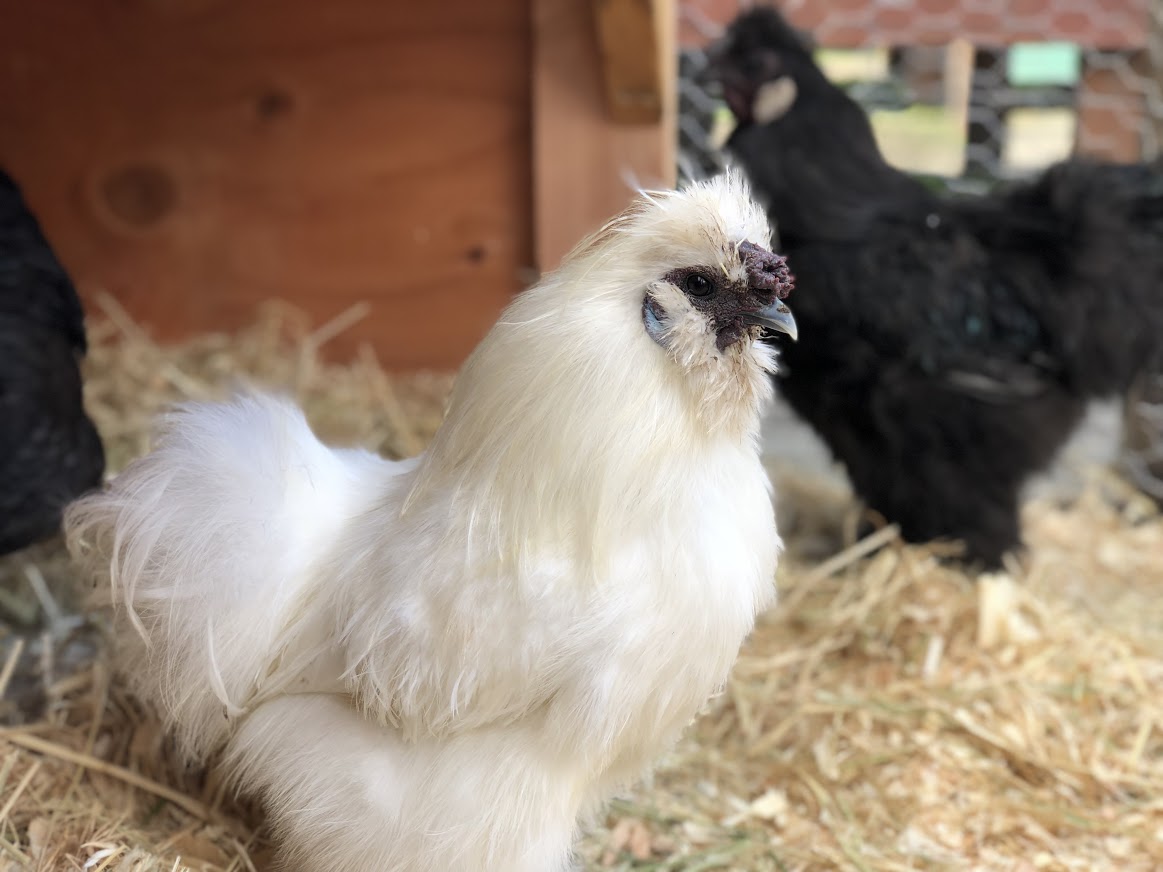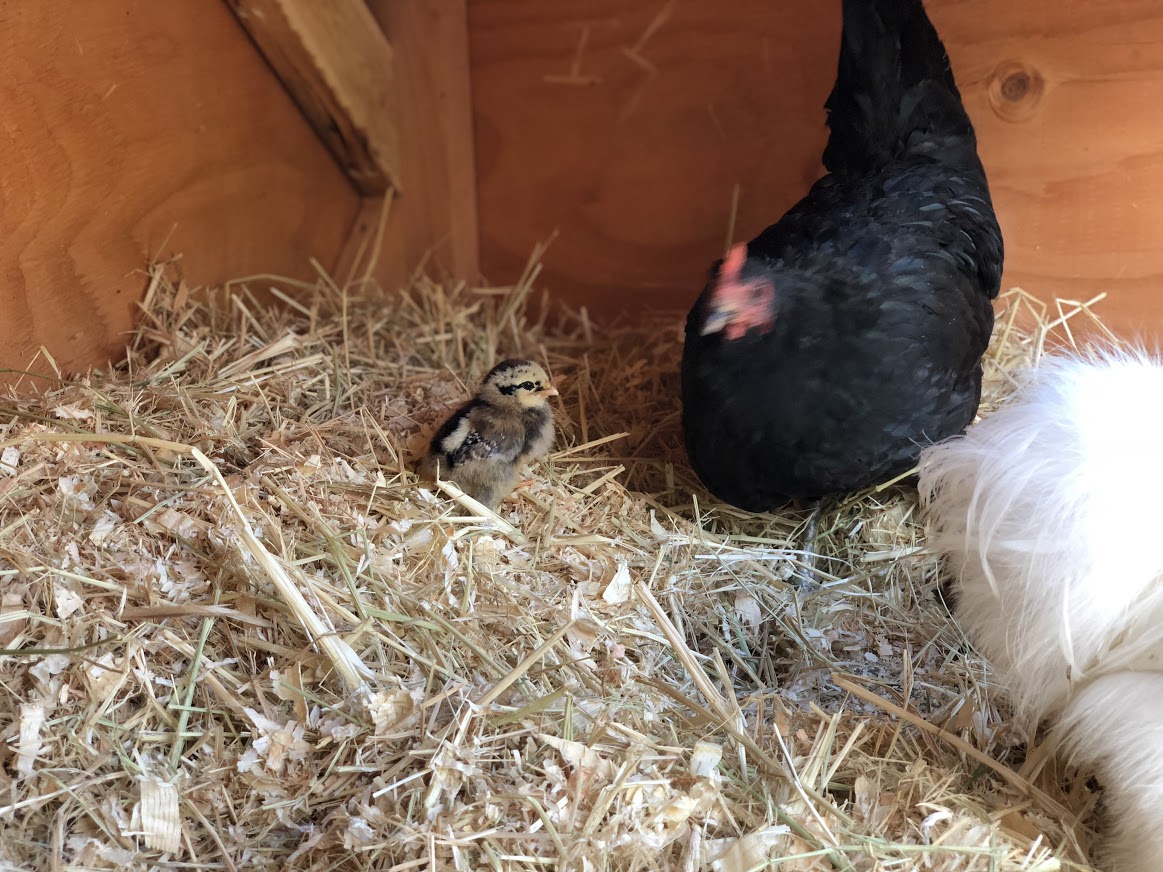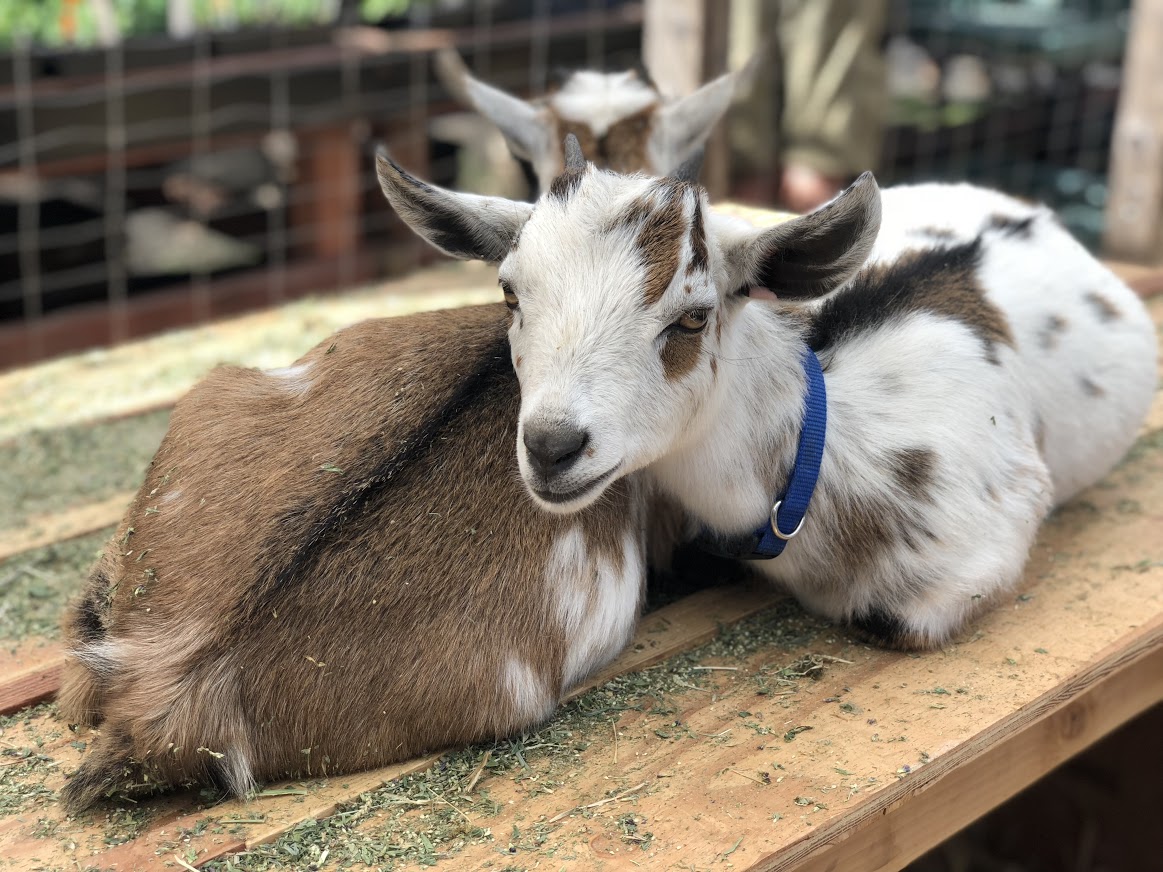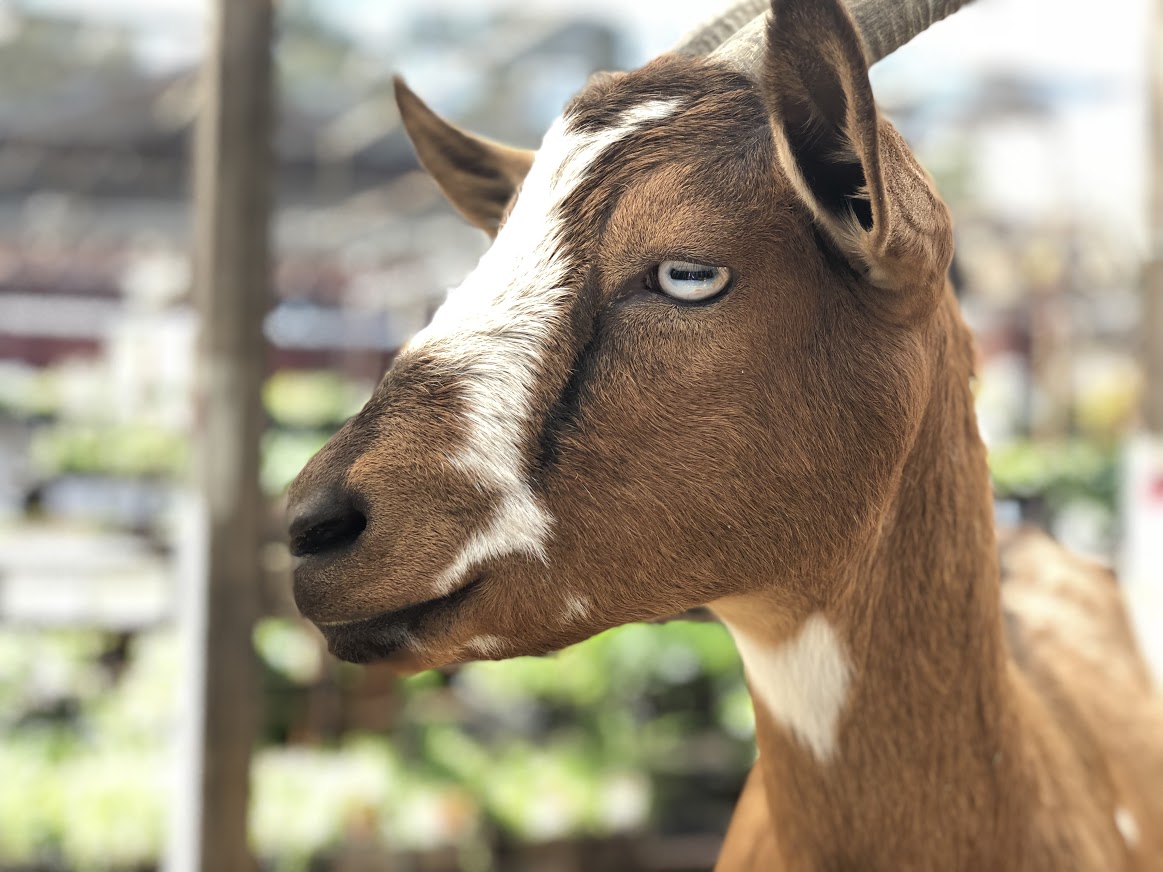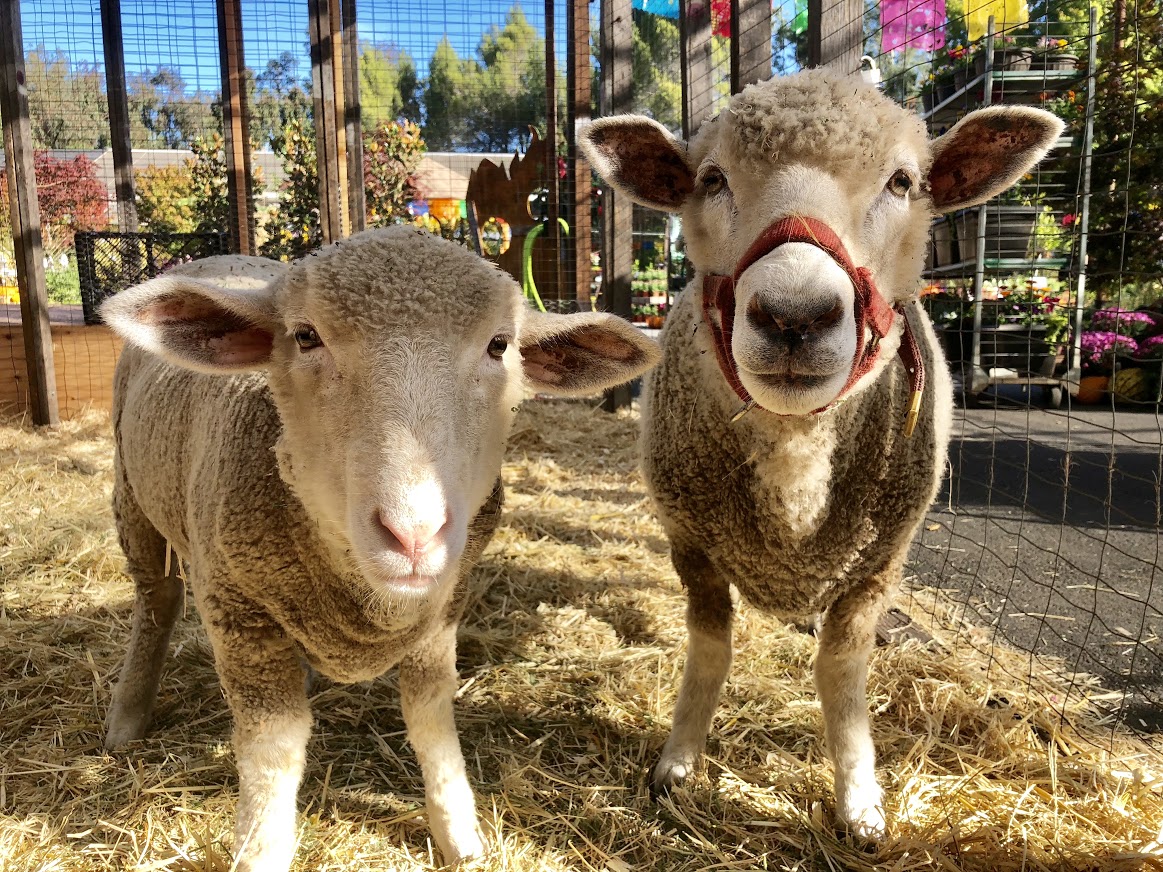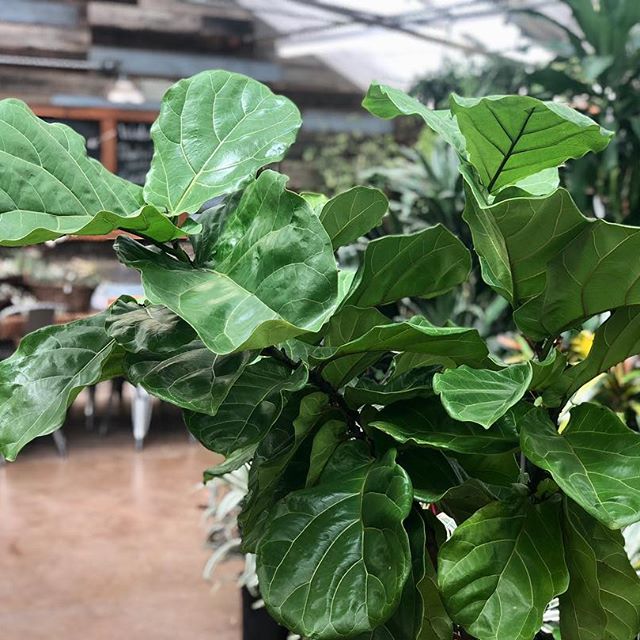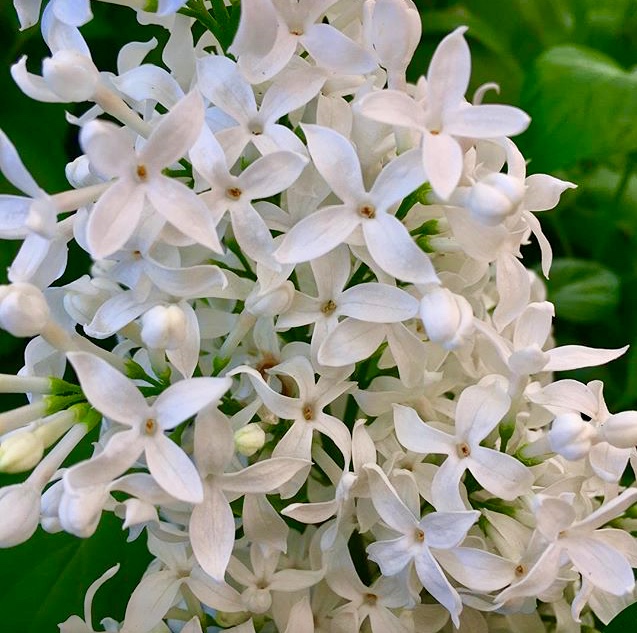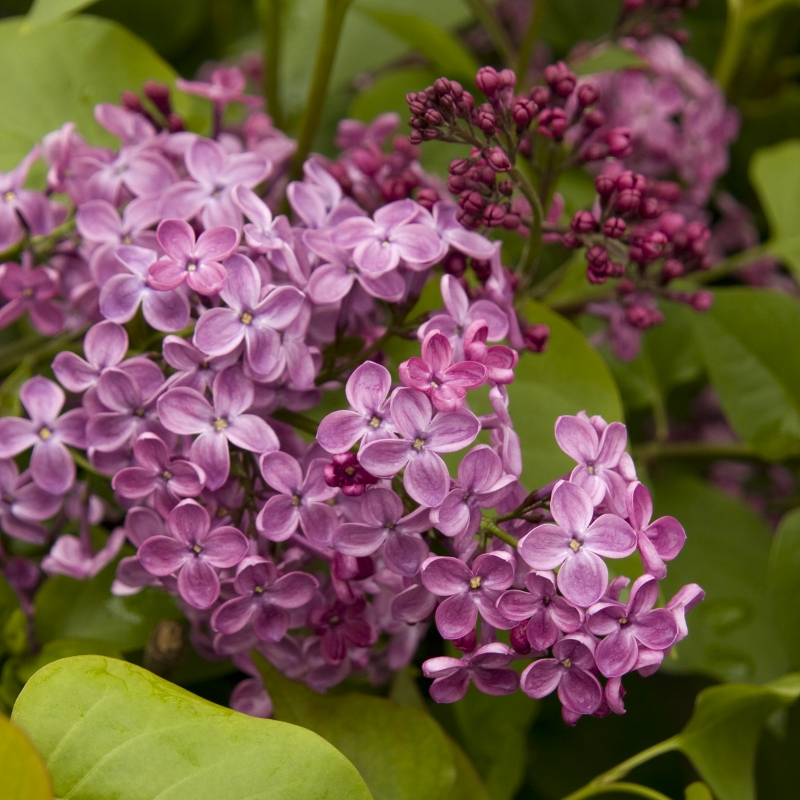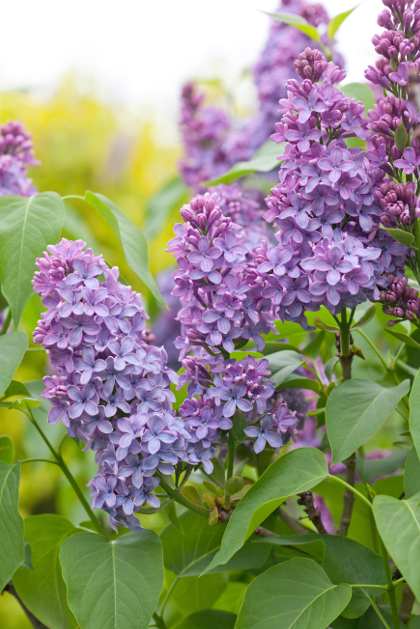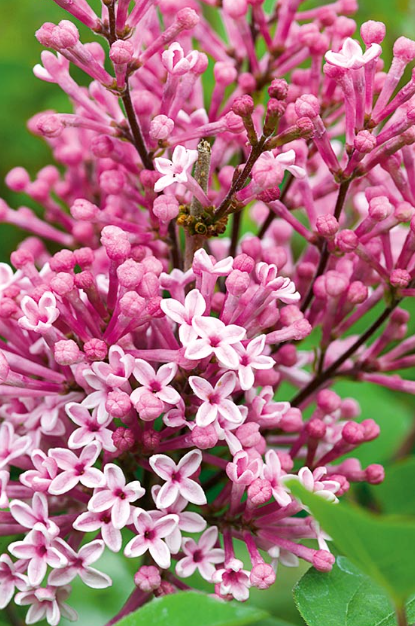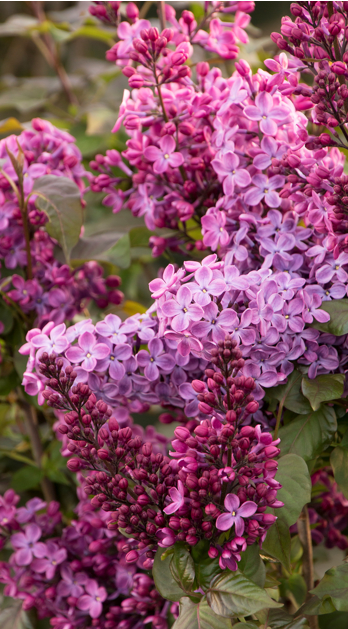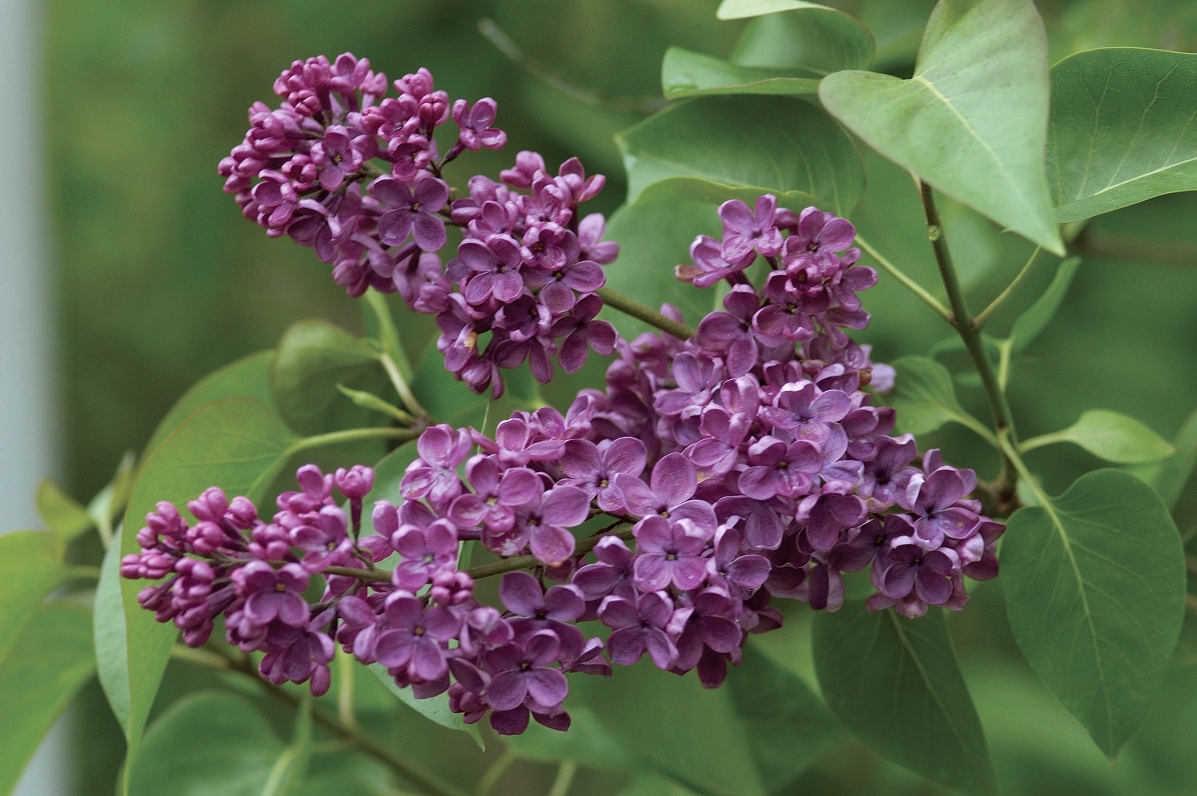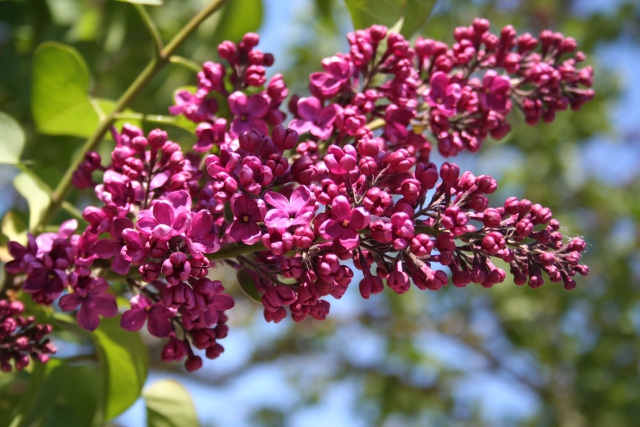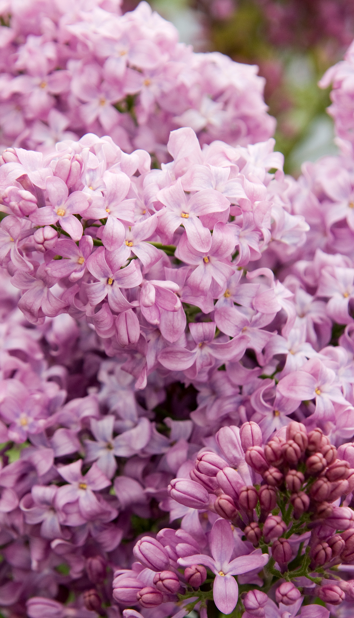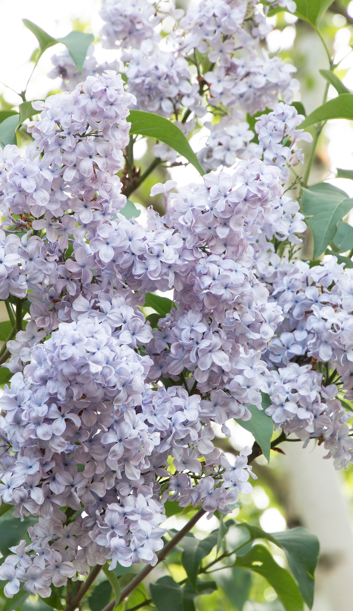During our Harvest Festival, we always get excited about bringing in our farm animals. Sometimes it's pigs or alpacas and even one year there was an elephant!
If you were lucky enough to stop by during October this year, then you got to meet our furry friends. This year, we got a visit from Mama goat Nutmeg and babies Nestle and Nugget, Clara the sheep (baaack for another visit!) with her baby, Noel in tow. And did you hear? Unbeknownst to us, Clara was pregnant with Noel when she was here last year! We also had a gang of chickens and a chick too!
Three years ago we met the owners of our animals, Tineke and Torsten Jacobsen. They offered to "rent" us their darling critters for our annual Harvest Festival. When it came time to settle up 2 years ago, Tineke shared that the money would be the seed money for their Rotary project in Uganda. Active members of the Concord/Clayton Sunrise Rotary, the Jacobsen's were spearheading the construction of a medical center for Antenatal, Maternity, Family Planning & HIV Counseling and Testing. The project was complete in 2017, giving the people in that area access to excellent medical care and counseling.
Last year, when we agreed to renew our arrangement we found out that Tineke and Torsten were involved in a huge undertaking in San Felipe, Baja California, Mexico. Along with the San Felipe Rotary Club, in support of The San Felipe Cancer Society, they were on a mission to promote early detection and improve hospice care in the San Felipe area. Our “rent” went to the groundbreaking funds of building an annex to the San Felipe Cancer Center that would provide hospice care to patients.
This year they had another project in mind:
“In Poblado Delicias (a rural Mexican village) 8 miles from our “vacation house on the beach” several of the local fishermen families live in substandard human conditions. Two years ago, when we left for the summer, we gave all our pantry and refrigerator contents to one family on a day when the wind was howling fiercely. The family’s house had a cinder block annex with an opening for windows where the daughter, a single mother of two toddlers, had their bedroom and kitchen. I was appalled at how the wind blew through there and offered totally inadequate shelter. I swore to myself, that one day I would try to do something to better their lives. That opportunity is about to come to fruition. My husband and I have developed a relationship through the San Felipe Rotary Club with a very generous local retired US contractor, whose goal is to provide home improvement to deserving families who can’t afford it. There is already an existing program in place for this purpose in San Felipe, called “Casa Digna.” We’d like to see this program extended to include the needs of some families in Poblado Delicias.”
We are so happy that not only do we get to bring in these amazing farm animals for a month-long visit at Orchard Nursery but we also get to give to so much to Tineke and her many great causes. As she says, “It has been a total win-win privilege for me to participate in this for the past 3 years. During their stay at Orchard Nursery our animals are happy, loved and well card for by your Orchard company staff, yet enjoy by many.”



